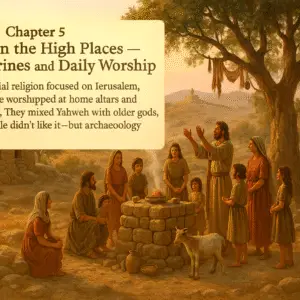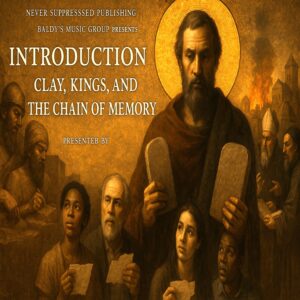David was real. But not in the way Sunday school told it.
Before he became a mythic king, David was likely a tribal leader—one who ruled a modest city, built alliances, and left a name strong enough to shape a nation.
For decades, there was no proof. No palace. No seal. No records. Some said he was legend—like King Arthur or Hercules. Then came the Tel Dan inscription, and everything changed.
The House of David — Stones That Speak takes you deep into that discovery:
A broken Aramaic monument found in the dirt of northern Israel. A 9th-century BCE war boast from a Syrian king. One simple phrase: “the house of David.”
It was the first historical mention of David outside the Bible—by an enemy, not a believer.
This chapter doesn’t try to prove Goliath. It shows you the real foundation of monarchy in Judah:
-
A small city with limited power
-
A king remembered not for his gold, but his name
-
A legend used by later rulers to anchor divine authority
We follow the stones—through Tel Dan, Khirbet Qeiyafa, and the fortified outposts of early Judah. And we show how David’s memory grew into a mirror—used by kings, prophets, and scribes to define what “true” power looked like.
This isn’t about denying David.
It’s about freeing him from myth to see the man—and the machine of memory—that made him matter.






Reviews
There are no reviews yet.